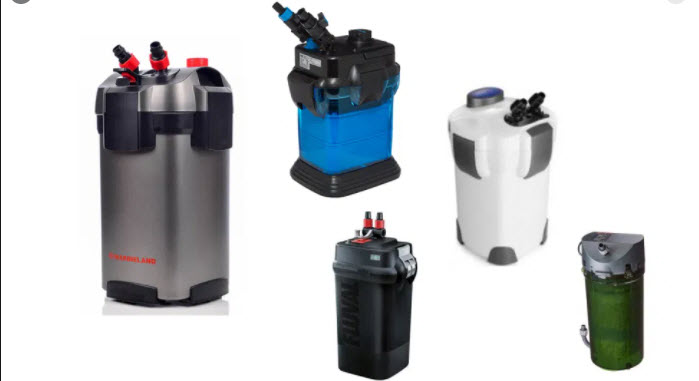
One Big Scam
Any discussion of ANY filter requires a disclaimer. ALL commercial filters almost without exception tell the owner to replace the filter media (Sponge, ceramic rings, carbon, Matrix, etc.) on a regular basis, once a month, once every three month or once every six months. Supposedly this is because the media becomes clogged and dirty. And the media is ridiculously expensive. We must emphasis:
.
Replacing the Filter Media is a Big SCAM!!!
.
Yes, there is absolutely no reason to replace the media on a regular basis other than to make a lot of money for the supplier of the filter. And be aware that activated carbon has only a few very limited uses in some aquariums and is a totally unneeded media in 99% of all aquariums.
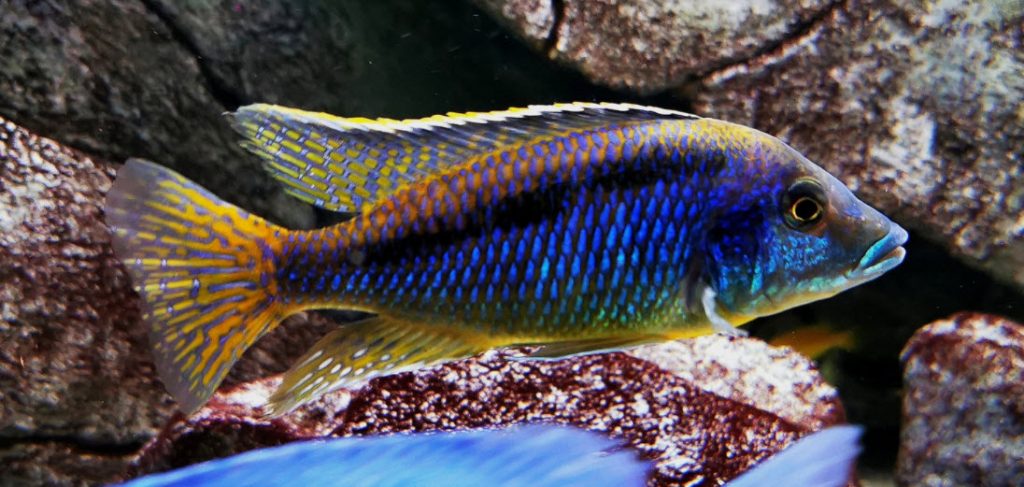
One Caution
I have had several canisters fail and leak, And I’ve done some big time damage to some hardwood floors as a result (one pissed off wife!). So I am NOT a big fan of canisters and only had a few of them in rooms with concrete floors.
A canister filter requires a siphon overflow on the aquarium. It is important to either position the siphon so that the inlet is only an inch or two below the surface of the aquarium water OR put a hole in the siphon one or two inches below the surface of the water. This way you limit the damage from a canister leak. One can also put the canister in a tub or tote to catch leaks.
Put the canister in a tub large enough to hold the one or two inches of water. This way the siphon will stop working if the level of the water gets even a little low. This may well result in the filter impeller burning out and needing replacement but that is a lot cheaper than replacing flooring. You can also add a water sensor alarm to the tub. You can buy small water sensor alarms on Amazon. They are a cheap insurance policy.
Another point with canisters is that one needs to be cautious about filling the baskets. Do not overstuff the baskets. If the baskets can’t seat well against each other they can rattle and significantly increase the noise level coming out of the canister filter.
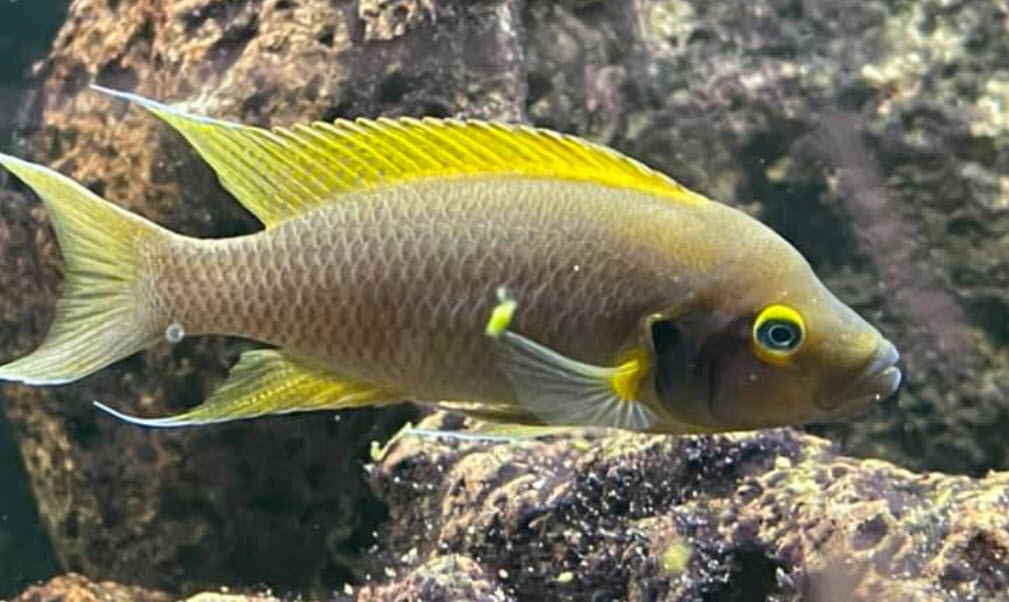
What are Canister Filters
Most canister filters are pressurized closed vessels which had a series of baskets which the water is suctioned through, the top basket first (downward flow through the baskets). A few canisters do a bottom up flow. And some do side to side flow. The first basket might be filter floss, the second basket bioballs, the third basket activated carbon, and the fourth basket ceramic rings.
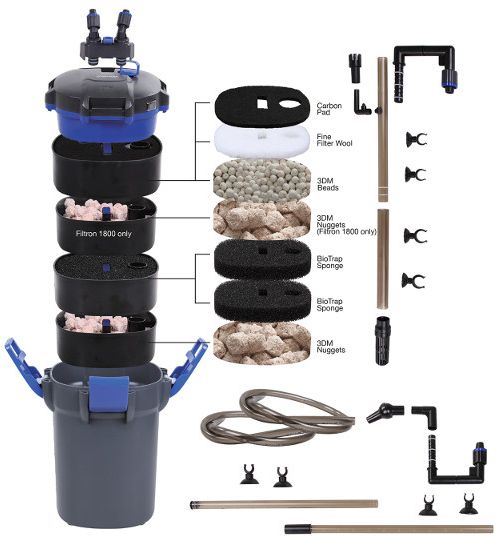
.
Summary
There is one simple truth when it comes to canister filters:
.
Performance of a canister filter is dependent on the media in the canister, not the flow rate
.
A SunSun 303 canister filled with only 20 ppi (pores per inch, i.e. coarse foam) foam can give crystal clear water with 35 five inch mbuna. The same canister filled with ceramic rings, BioHome or lava rock can only give crystal clear water with 4 five inch mbuna. These huge differences were confirmed by testing.
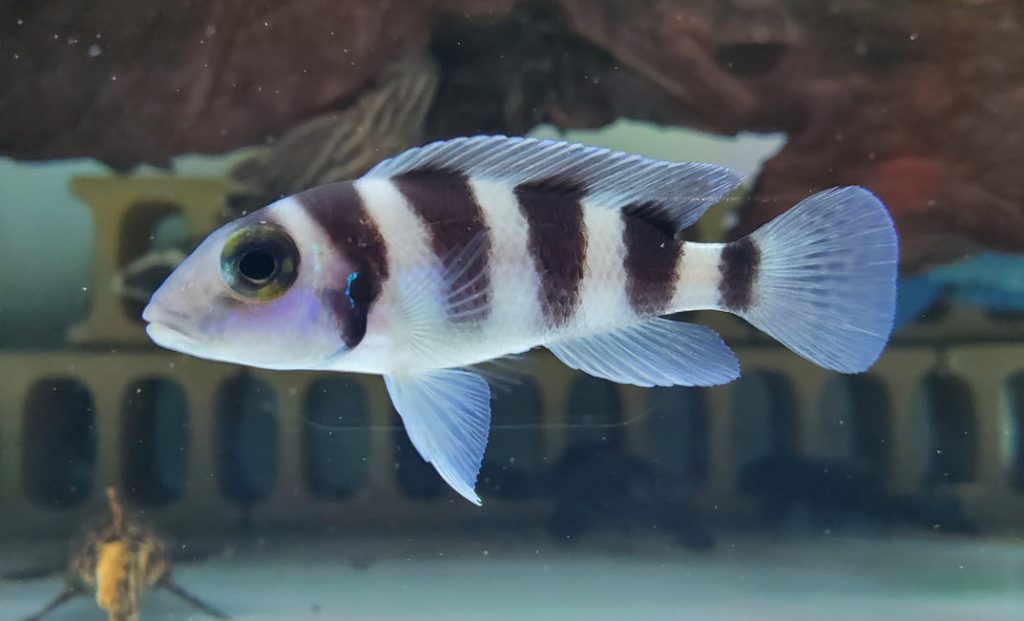
A canister filter is a powered filter that costs about $40 to $500. They typically pump 200 to 700 gallons per hour (GPH). Note that the pump in a canister is rated in GPH at no filtration media in the canister. Add the normal amount of media and the rated flow can be cut by half. Also, the cheaper the filter the more inaccurate the GPH claims.
That being said the common myth about canisters is that it is the flow rate which is important. That is a myth. It is the volume of the filter media and the type of filter media which is important. ANY reasonable flow rate with two gallons of pot scrubbers will successfully filter close to twice the fish load of one gallon of pot scrubbers.
The concept that flow is important was tested. It showed doubling the flow rate added some 9% to the filter capacity. All the well meaning but ill-informed commentators on social media say it should double the capacity. This test can be found at this link:
8.3.1. Canisters in Depth
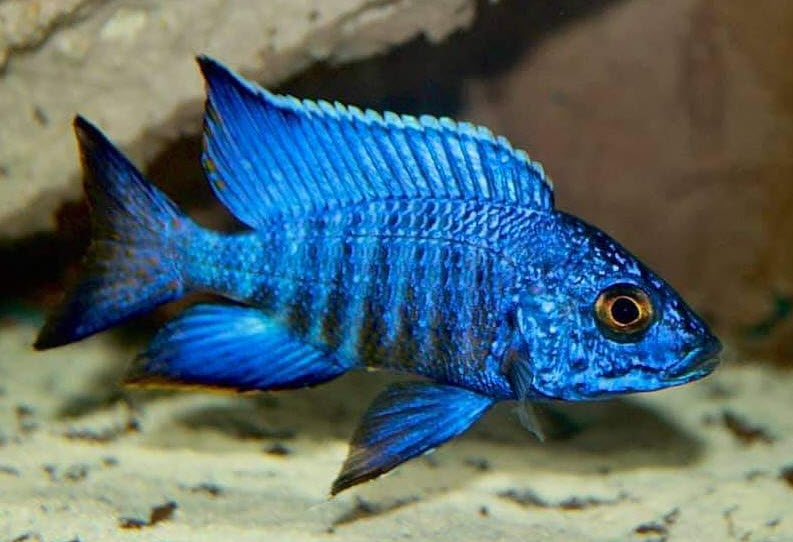
Filter Media Progression
“Mechanical filtration” is somewhat misunderstood. “Mechanical filtration” is a fine mesh filtration media which catches all of the large particles on it’s front surface in a thick brown film. “Mechanical filtration” media includes floss (“Polyfil”), Pinkie pads and 40 ppi foam. The mechanical filter media needs to be the first filter media the water flow hits when it enters the filter. But after the mechanical filtration the “progression” in pore size is immaterial. ANY media size progression or order after the mechanical filtration will work well.
If one doesn’t use mechanical filtration (I’m too lazy, I do not want to have to open my canisters every week to clean out the mechanical filtration) then the “progression” becomes totally immaterial. I use 100% pot scrubbers with no progression. There is no need for either a variety of media or a progression in the media.
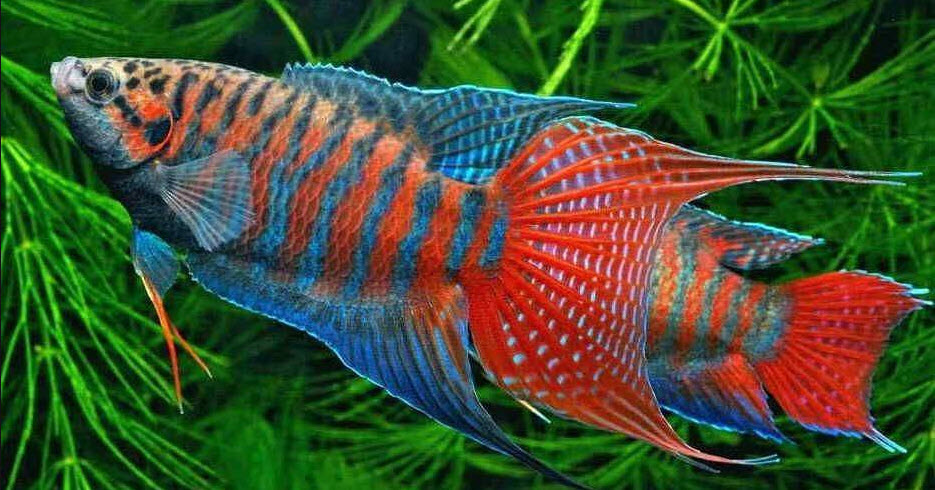
Canister Filter Media
If canister filters are filled with the biomedia normally used (bioballs, activated carbon and ceramic rings) they do not function well. This type of canister, regardless of its volume or flow, is a very poor biofilter.
If the bioballs, activated carbon and ceramic rings are all replaced by carefully cut foam inserts the canister filter becomes an awesome biofiltration machine. Foam has ten times the biofiltration capacity of most other media. K1 media used in a canister as a submerged static media is also an excellent option as are plastic pot scrubbers.
Ben Ochart has one SunSun canister filter filled with only foam on one of his aquariums. And the water in that aquarium is crystal clear!
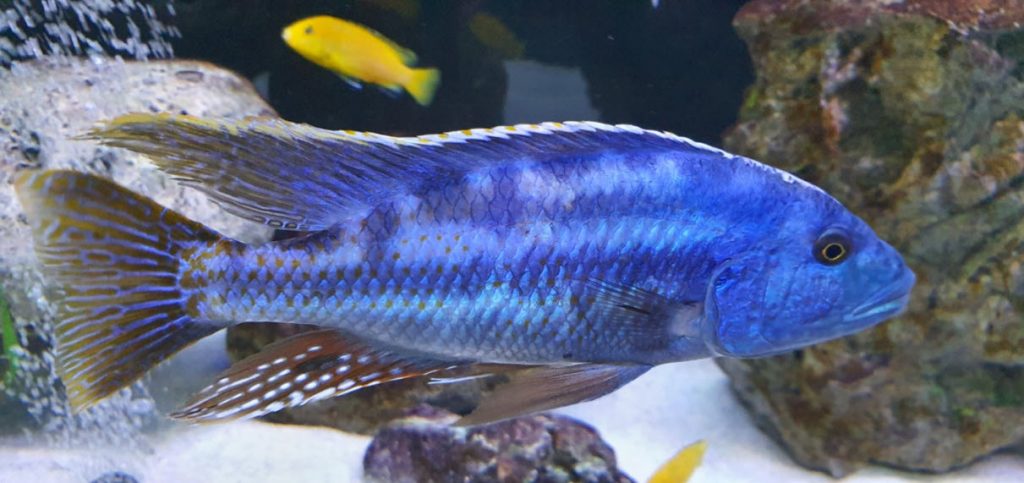
More In-depth Analysis
A test was run on the ammonia oxidizing capability of various filter media. The first number is the average ammonia oxidizing that 15 cubic inches of media accomplished over a 90-day period. The second number is the effective surface area in square feet per cubic feet calculated by simple math. The correlation between the test results and the calculated surface area is very significant and means the testing was accurate.
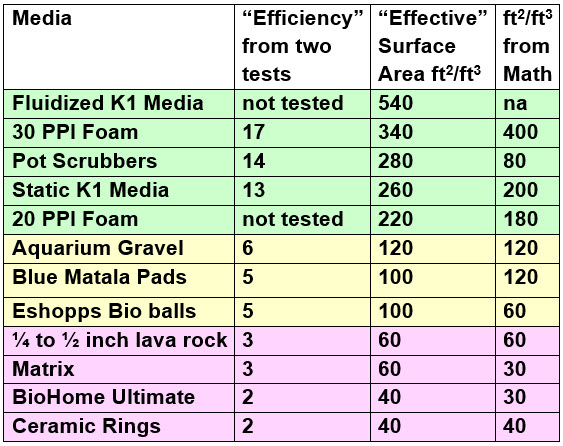
The higher the numbers here the better the media. This makes 30 ppi foam the best media and ceramic rings the worst media. Note foam has to be EXACTLY cut to just the right shape to be effective (can’t have flow around the foam) so it is easier to just fill the trays in a filter with static K1 media. Plastic pot scrubbers would be a very good alternative obviously.
The details of this test can be found at this link:
7.1.3. Test of Filter Media
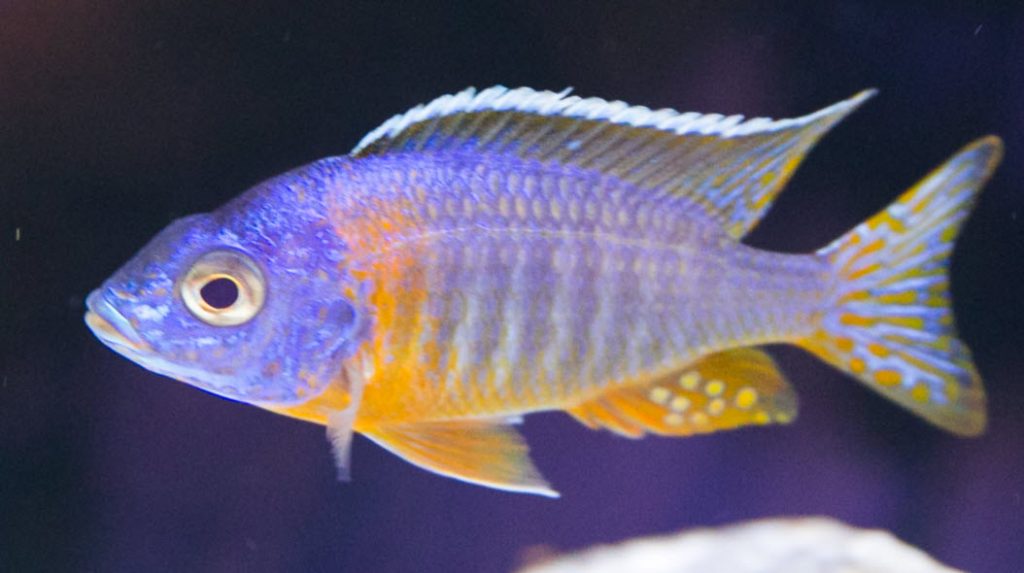
This test was for ammonia oxidation. crystal clear water is a completely different matter. As a very rough average crystal clear water requires twenty times the surface area of ammonia oxidation. This topic is delved into in some depth in this link:
6.4. Crystal Clear Water
What this can translate to is illustrated by the number of fish a typical canister can give crystal clear water with when stocked with some of these media:
- Foam
35 five-inch fish
- Static K1 media
20 five-inch fish
- Ceramic rings, Matrix
4 five-inch fish
These are some huge differences.
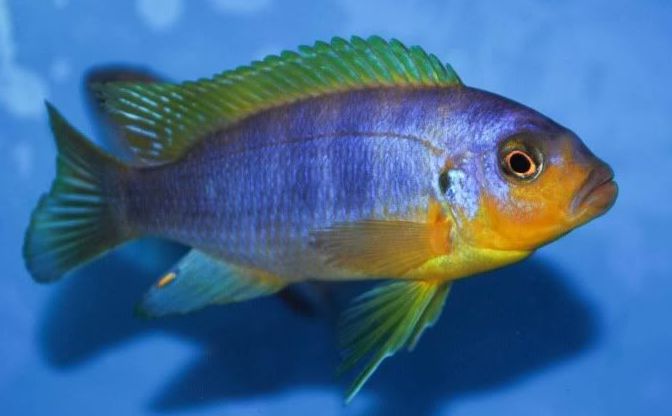
Practical Application
What this means from a practical standpoint is that there are two “easiest” and “best” media to fill a canister with. This is to fill a canister 100% with one or the other of the following media:
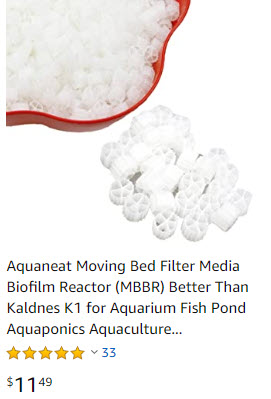
.
A typical large canister will need three gallons of static K1 type media OR
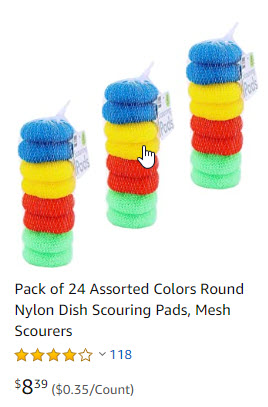
As many plastic pot scrubbers as one can fit in (in my case 40)
I don’t use foam as it is too difficult to get a good fit in the canister. If you can buy precut 20 ppi or 30 ppi foam for your canister I heartily recommend that for a filter media. If you want to cut your own foam I do not recommend a cheap foam. You can’t tell how many pore per inch (ppi) this foam has nor whether or not it is suited for the aquarium. Rather go direct to Poret Foam supplier and get their 20 ppi foam.
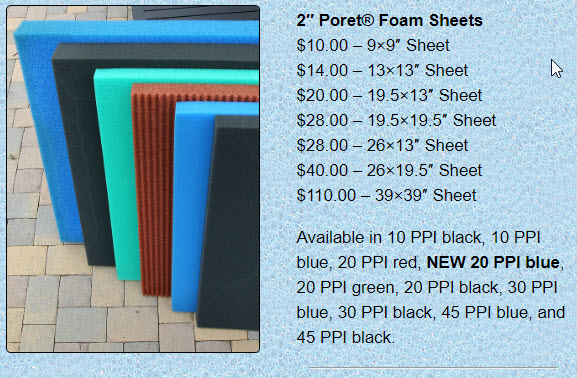
Mechanical Filtration
Many hobbyists chose to do mechanical filtration in their canisters. Mechanical filtration is actually only done by floss (Polyfil), polyester fiber pads (Pinkie Pads) or 40 ppi foam (Mythbuster: 20 and 30 ppi foam is a biomedia, not a mechanical filtration media). Using one of these three products as the first filter media will strain out particles and give mechanical filtration. If one of these three products is used in the canister, the canister typically needs to be opened once a week and the mechanical filtration media replaced or cleaned.
Many hobbyists (including the author) do not utilize mechanical filtration at all. For this “uncleaned mechanical filtration” one need only add only one media in a canister doing only one thing, namely biological filtration. That way a hobbyist only needs to open their canisters every six months or so, when the flow slows down. This is explained in this link:
6.1.2. Uncleaned Mechanical Filtration
Note many people use a whole lot of different media in their canisters. One enterprising chap had 6 different media in his canister. This is just rather humorous as everything except the mechanical filtration media does only one thing, namely biological filtration. Each media is just more or less effective than another media at the task.
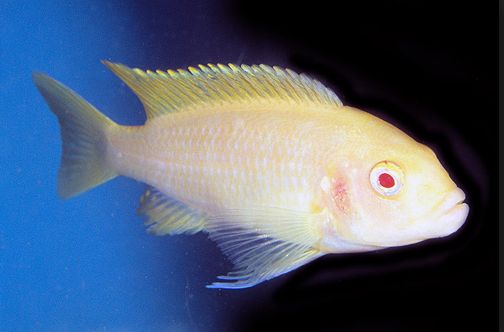
When to use Canisters
The author uses canisters (and under-gravel filters) for all his aquariums in the 30 to 50 gallon range in the grow out room (concrete floor with linoleum on it). With the larger aquariums over 70 gallons he switches to fluidized bed sumps (and under-gravel filters) and under 30 gallons he uses uses sponges (and under-gravel filters).
Note that canisters do not do well with drilled tanks. They only work well with siphon feeds out of the aquarium. An overflow feed doesn’t have the “head” that a siphon has and it causes the weak pump in a canister to struggle. This can severely reduce the flow. Any drilled tanks need to have the drill hole plugged in order to use a canister filter.
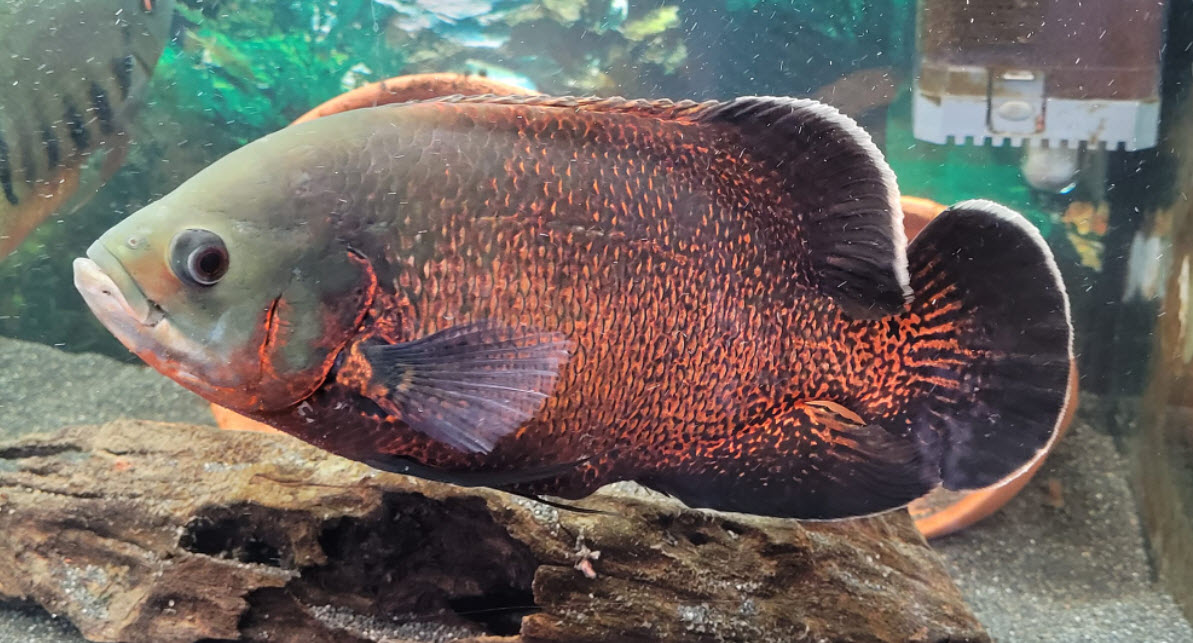
Pre-filters
Some hobbyists like to use sponge filters on the intake of the canister, just squeezing them out on a regular basis. This works IF one is careful about not letting the sponge fill up with debris and stop flowing. The frequency of this cleaning depends on the fish load and food load. If you only have light loading (a few small fish) a sponge pre-filter can handle it. If you have heavy loading of fish (many larger fish) it won’t handle the load. It also depends on feeding. If you feed 1% of the fish’s weight you might be fine. If you feed 3% of a fish’s weight you could be in trouble.
Another idea which came from Cory of Aquarium Co-op is to put the suction end of a canister on the top of the undergravel filter tube. It is the equivalent of putting a powerhead on an under-gravel while it does excellent “pre-filter” mechanical filtration for the canister. It is especially good in a tank with fry as the flow into the undergravel isn’t large enough to trap the fry or suck them into the canister pump blades.
But this undergravel pre-canister filter has one huge problem. If the canister springs a leak, ALL the water (and I mean ALL the water) ends up on the floor and you have a tank full of dead fish. So I can’t recommend this method of pre-filtration.
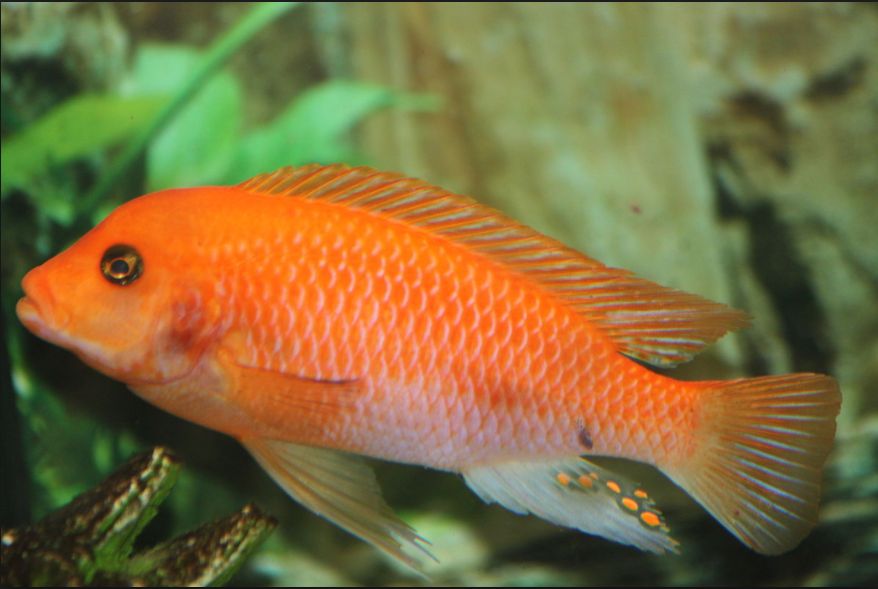
Other Topics of Interest with Canisters and Filter media
Note that the filter media such as Biohome and De*Nitrate (smaller Matrix) which supposedly remove nitrates by denitrification (reduction to nitrogen gas) simply don’t work. That is delved into with testing in this article:
7.5. Denitrifying Media
For a more in-depth analysis of canisters click on these two links:
8.3.1. Canisters in Depth
8.3.2. Do-it-yourself Canisters
8.3.3. FX Series Canister Filters
.
Return to Filters Menu
.
Aquarium Science Website
The chapters shown below or on the right side in maroon lead to close to 400 articles on all aspects of keeping a freshwater aquarium. These articles have NO links to profit making sites and are thus unbiased in their recommendations, unlike all the for-profit sites you will find with Google. Bookmark and browse!
.

Dave says
In reply to Morri ……There are way too many factors to consider to make any sort of prediction. You will simply have to try it and see what happens.
Morri says
Hi, I’m studying your website and truly appreciate all of your work.
I’m setting up a 400L tank, and I am able to purchase either 15ppi or 35ppi precut foam for the particular canister filter that I have.
Would the 35ppi foam be appropriate as a bio filter? Or is it bordering on being too “fine”? I presently have nine layers of the 35ppi foam layered in all three baskets and have started the cycling process.
Thanks.
Dave says
In reply to Kevin … Most canisters require the baskets in order to keep the flow correct. Only exceptions are those like Eheim that have an external pump.
Kevin says
Hi Dave. I want to use plastic pot scrubbers for my canister filter. Can I just remove the trays/baskets and fill all the volume with piles of pot scrubbers on top of each other? Because with the three layers of basket about 3 inch height each, I can only fit 2 pot scrubber per each layer. But I realized if I just remove the tray basket and stack the pot scrubbers I could put alot. Only not sure about the flow and effect on filtration. Thanks for any advice.
DƯƠNG says
Hi Dave, Kyle
In reply to Kyle, Dave
With Kyle’s idea, I have created a DIY canister filter specifications:
Tank capacity approximately 20 liters (R: 10cm, H: 24cm), K1 media weight: 3kg
Water flow rate: 3000 liters per hourand attempted to incorporate MBBR activity for the K1 media inside.
However, I noticed that there is not enough water flow to adequately agitate the K1 media, or I would need to use a high-power pump to generate a strong enough water flow (which would result in significant energy waste).
Be well,
DƯƠNG
Dave says
In reply to Duong ….. No idea.
DƯƠNG says
Hello,
I also have a similar idea about using FLUIDIZED K1 filter in a canister. But instead of trying to create a flow to to set up a functional MBBR, I tend to create a vortex flow with K1 media. Would K1 with vortex flow be as effective as MBBR movement?
Thank you.
Dave says
A Sunsun HW-603B with foam filling should work great with even a ten gallon tank.
Callie says
Hello, I’m learning so much from this site and very thankful for all the time and energy you’ve devoted to teaching. I am setting up my first planted tank. It’s a shallow 10 gallon with soil under sand. Filtration wise I’m really struggling. The tank is 24 inches long and 14 wide and 7 deep. With the substrate there is not a lot of room left to make my original plan of aquarium coop sponge filters work as they are too tall. Detritus was building up quickly as there was no flow. I’ve added a HOB which has helped some but I’m curious if you think the Sun Sun canister you suggest could work for my tank with some tweaks to the pipes going in the tank. Media wise I was thinking the pot scrubbers or the suggested foam. Respectfully, Callie
Dave says
In reply to Kyle …… I suspect that ANY canister will have insufficient flow to set up a functional MBBR. And adding ANY air to a canister is just one big negative. The gurgling noise alone would drive one crazy.
Kyle says
Hello Sir,
So I have been thinking about this quite a lot. I was wondering if one could make a FLUIDIZED K1 filter within their canister…
I currently have a 25 gal that is being adequately serviced by a new Fluval 207. After much reading here, I have replaced any non-foam material in my filter baskets with static K1 (easiest to fill the baskets with). I left all the foam that came with it for now 1) because i don’t want to start with totally new filter material: i don’t want to have to fully re-cycle. And 2) Foam, even the stuff shipped with the unit, sounds like it is pretty good material regardless. But as i said, I have been thinking. Located here is a sort of cut-away of the X07 units from Fluval if you need to orient yourself with their design:
https://www.ukaps.org/forum/threads/lets-talk-about-fluvals-vertical-pre-filters.66128/
The “vertical pre-filter” is a set of sponges that look to operate in a similar ish- fashion to the outer foam filters in the FX series, but realistically is probably providing the bulk of the bio-filtration in a default setup. There exists a lot of unfilled space between the foam and the wall of the canister, presumably so the water can interface with the front surface of the entire sheet of egg-crate foam. I’m dubious that such a consideration is beneficial or necessary. As i said, at first i plan to keep itas is. Later i thought: after the K1 in the baskets colonizes, take out the foam and stuff it more fully with pot scrubbers wall to wall. But looking at the input nozzle, where the water enters the canister, it is given quite a bend, like 30 deg below horizontal, and points towards the curve in the outer wall. So then the thought struck me, if i removed the foam and the foam holder, and instead filled this volume with 60% K1, would the directional input flow knock the K1 about and stir that volume in a manner similar to a fluidized bed? Doubtless it would not be as uniform or as rotational as a proper sump, but it may still exceed the manufacturer’s foam installation, and perhaps even surpass this volume packed with static K1/pot scrubbers. I would not be able to afford a truly well designed experiment comparing the default vertical filter to one with pot scrubbers filling that volume instead, to one with a “fluidized-like” K1 chamber.
Have you considered this? have you experimented with attempting to turn a canister into what would effectively be a sealed, fluidized K1 canister? With enough bravery and silicone, one might even figure out how to get an airstone+line situated in the bottom of the canister (with consideration of how much air the impeller can safely ingest).
Be well,
Kyle